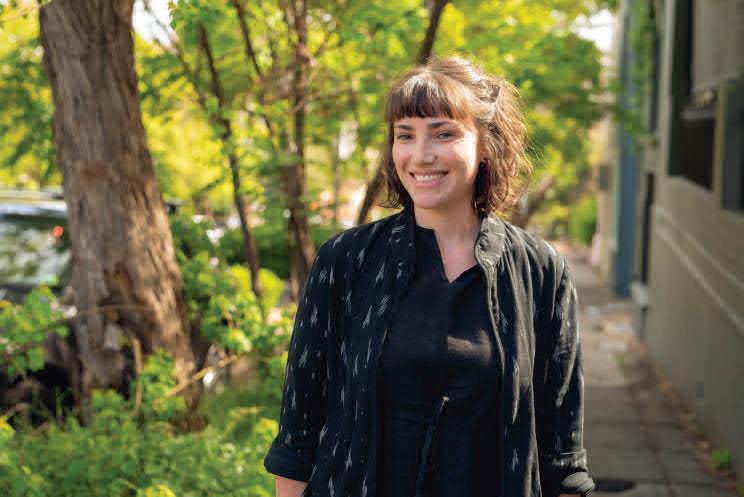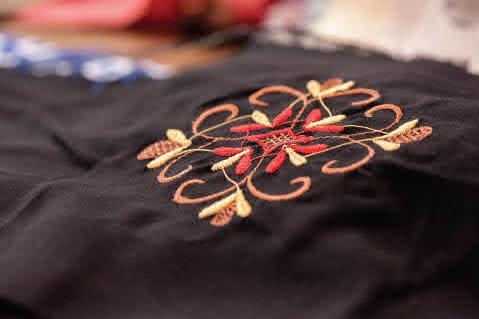
2 minute read
Integrate Arts into Existing Culture
from Yesler Arts
by hey_terry
A third guiding principle for Song was to create programs that complemented and followed existing networks and protocols that existed already in both the Yesler community and SHA at large. This applies to Song’s personal understanding of the program’s stakeholders, as well as the way she guided and supported artists to do their work. Before developing the programming or opportunities for where artists might add value, Song spent 6-8 months at the start of her role getting to know internal SHA leaders and systems. This allowed her to identify where arts programming and other creative interventions would be welcomed and supported by community and SHA alike. Over time, both she and the former SHA Director of Development, Stephanie Van Dyke, worked hard to share the artists’ work, invite staff from all departments to actively participate, and encourage others at SHA to take credit for the good things the arts programming was making space for. For example, Song set aside copies of the Yesler Hello newspaper for SHA staff - even those in procurement and contracts, who rarely get to experience the contributions they make possible. Song also sought out institutional program partners that other arts administrators might never have thought of, like the agency’s relocation coordinator, construction managers, and property management staff. Finding ways to embed Yesler Arts into multiple institutional and bureaucratic systems helps to bring joy and goodwill to staff.
Song likewise insisted that artists also respect community norms and programmatic structures that make up existing life at Yesler. Echoing longstanding community organizing practices, artists were expected to draw on unofficial or official community leaders for guidance and support, to listen to and ask for feedback and partnership from existing community anchors, and remain flexible in their program scope in order to accommodate the changing needs of on-site staff and service providers, education specialists, and residents experiencing their own life changes during redevelopment. An insistence on collaboration also responds to challenges set forth by the community's systems and practices, allowing the programming and the ways it weaves through resident life to evolve more organically. From the artists, this approach requires humility over ego, in order to amplify existing and relatable community cultural dynamics - and helps to fill in gaps that existing social service and housing programs may be too wieldy to address.
Advertisement
CASE STUDY: STORY CIRCLES
Artist Pat Graney worked collaboratively with community service providers to provide story sharing programs with various groups around Yesler. In this program, activities like choreography, sumi ink drawing, and flag making served as prompts to evoke personal memory and reflection amongst the group. Rather than create generic programs, Graney, with group leaders, offered activities and formats tailored for specific audiences, such as a group of Vietnamese elders or mothers taking an ESL class at the local elementary school. Graney’s collaborative work also evolved into other partnerships benefiting the community. For example, Graney organized a community art exhibition for Yesler artists and residents at SOIL fine art gallery in the neighboring business district Pioneer Square and recruited musicians from a local orchestra to perform for residents. Graney’s work is an example of how integrating art into existing culture paves the way for new partnerships that benefit the community directly and expands the existing network of opportunities in a developing neighborhood.





